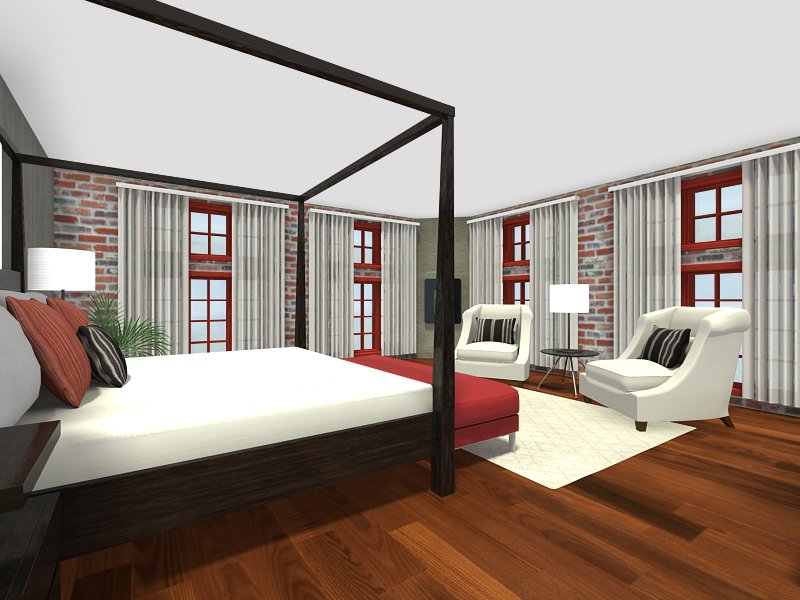Designing office interiors involves creating interior settings to fulfill the client’s needs in the particular space. Every corporate project connected with interiors involves some generic stages to get adopted while ongoing to maneuver forward while using office design and fit out process. Incorporated within this are:
1) Programming: A business office includes different facilities for instance administrative, hospitality, recreational, food/canteen and each space possesses its own needs and procedures. Through the programming stage, the interior designer must be conscious that design for work meets the important requirements of every facility although knowing the user’s needs. He should know the functional part of each space, space allocation needs as well as the furniture and accessories necessary for every facility. Site-visits, research, surveys or conferences with clients and users would be the most helpful methods for getting a apparent idea of the appearance needs and expectations.
2) Concept Development: After attaining a great understanding from the client’s needs using the information compiled, the designer formulates its concept by way of design and diagrams. The concept development stage includes different sub-stages. They are:-
a) Space Planning: Space Planning is certainly an important component of home design services since it involves while using preferred space efficiently. Following a finishing the programming stage, kinds of space allocations and adjacencies are prepared. While planning the effective space utilisation of the workplace, numerous factors need to be considered, like the organisational hierarchy, workflow, clients goals and objectives, building regulatory codes, furniture needs, comfort, versatility and future needs. According to when the client’s office promotes cooperating or individual work, work area is planned accordingly.
b) Light: Light is considered the most significant factors that require thinking about while designing office interiors. The designer should know the scientific additionally to aesthetic part of light. Quality additionally to amount of light matters too, for creating a comfortable and healthy office workplace. Light plays a crucial role in setting the weather in the room and for that reason an internal designer should consider lighting that doesn’t only increases the interiors and boosts efficiency but furthermore fulfill the building codes and fosters a enjoyable atmosphere.
c) Colour: Colour is an important take into account any commercial home design. While picking out a color plan, the designer should make sure the shade of work reflects their brand, value and culture. Since colour is able to elicit numerous feelings and mental states, the interior designer should consider a enjoyable colour plan at the office that improves mood, concentration and fosters a thrilling working atmosphere.
d) Material Selection: Considering factors for instance quality, product performance and sustainability, furniture as well as other accessories are selected for your office interiors.
3) Design Development: Through the design development stage, the designer is very apparent in regards to the design intent in the project. He develops layouts, elevations, sections, as well as other detailed sketches although explaining the appearance, colour, furniture and finishes selections made. This phase also necessitates the budgetary proposal for construction and FF&E products.
4) Concept Presentation: The appearance prepared is offered towards the customer for review, revisions and approval.. In line with the client’s feedback, the appearance is altered accordingly to fulfill the clients’ needs. After incorporating all of the new changes, the best design draft is prepared.
5) Construction Documents and Procurement: The event document is vital for almost any effective design execution. It offers final groups of documents using the necessary specifications that will help the contractor to start building the job. Besides including complete groups of layouts, elevations and sections, furthermore, it offers the final outcome schedule, furnishing specifications, material details etc. Once the construction documents are approved, it’s sent to potential contractors for highest taker. Over the following step, bids are acquired, the contractor is finalised, purchase orders are issued as well as the project is started.
6) Construction Administration: The interior designer must supervise the task by getting to pay for frequent appointments using the website. He or she must see if the roles have been in compliance while using construction sketches and specifications. The designer should also search for any defects and errors during FF&E installation and completion. The event process is completed when the interior designer is happy the job remains done as symbolized inside the construction documents.


Comments are closed.